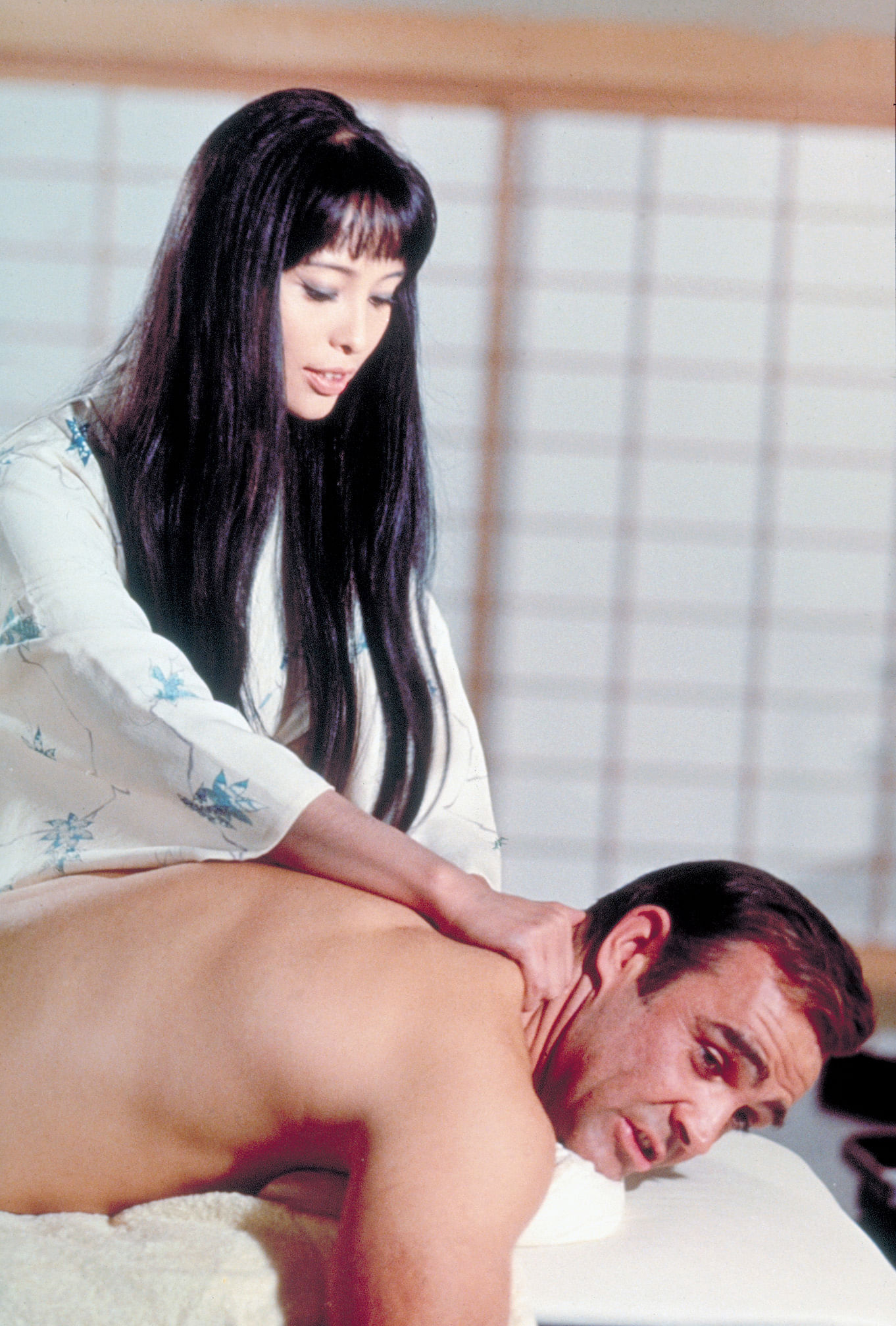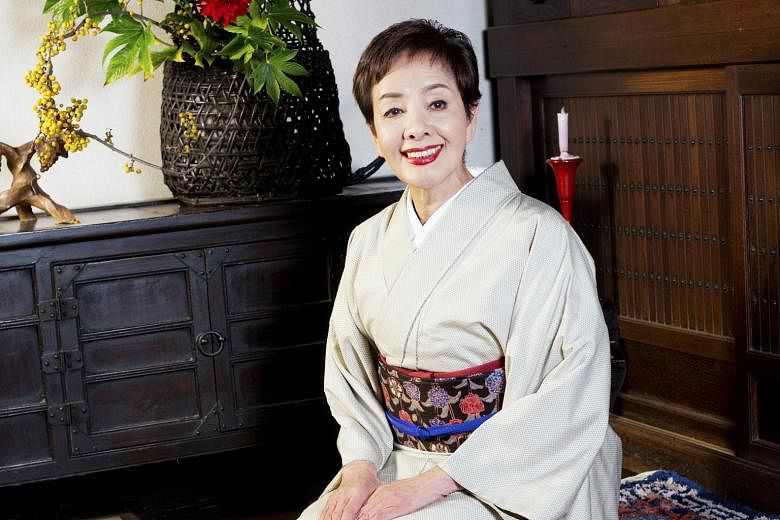HAKONE (Japan) • In 1967, Mie Hama was Hollywood's newest sex symbol.
That year, the 23-year-old Japanese film star appeared alongside Sean Connery in the James Bond movie You Only Live Twice, playing 007's bikini-clad bride, Kissy Suzuki. She was also featured in Playboy, which proclaimed her "the Brigitte Bardot of Japan".
Yet, Hama never appeared in another Hollywood film. A few years later, she walked out of her contract with Japanese studio Toho to marry and raise a family, telling dumbfounded executives that she wanted "a normal life".
She remained a celebrity in Japan, but completely revamped her public image, becoming a TV and radio host, an advocate for preserving old farms and farming techniques, a connoisseur of folk art and the author of 14 books - on child-rearing, manners and self-discovery - that have proved enormously popular among women.
For decades, she seldom talked about the 007 film and her status as one of Asia's first Bond girls (along with her Japanese co-star Akiko Wakabayashi).

But now, as You Only Live Twice turns 50, she has become more willing to reflect on her bittersweet moment of global stardom and her decision to discard that in search of something more authentic and personal.
"It was an honour to be a Bond girl, but once was enough," Hama, now 73, said at her home in this quiet mountain resort town.
"I didn't want that image to stick with me. I am a subdued and steady person, but I felt that somewhere beyond my control, others were creating a character named 'Mie Hama'."
Even a half-century later, she seems to distance herself from her former movie actress persona. She wore a quietly elegant beige-green kimono, her hair boyishly cut above her ears, a far cry from the image of a Western-style beauty that made her one of the heroines of the golden age of Japanese film in the early 1960s. Her home is decorated like a museum of Japanese traditional crafts, with large pottery urns, stencilled fabrics and paintings of nearby Mount Fuji on display.
Absent is any hint of her prolific film career in Japan or of her brief moment in the world limelight as a Bond girl.
"That is all stored somewhere in the basement," she said. "I don't like to dwell on the past."
She said she never felt at ease on the silver screen. Born to a blue- collar Tokyo family whose small cardboard factory burnt down in World War II, she grew up poor.
She was working as a ticket puncher on a bus at 16, when Toho discovered her. She quickly became a major star in Japan, but spent much of her free time trying to escape on backpacking trips to Europe and India, where, she said, she agonised over whether to stay in acting.
She had already starred in almost 70 movies, from monster films to teen romances, when she was asked to audition for the Bond film in 1966.
"I had never seen a 007 movie and had no idea 007 was such a huge international hit," she recalled.
She did not realise what she had gotten herself into until arriving in London, when someone from the studio demanded to have a look inside her suitcase. She obligingly opened it to reveal some T-shirts and blue jeans, she said.
"You're a Bond girl now," she recalled being told. "The clothes you wear, the jewellery you put on, we will manage all of that."
The next day, expensive dresses began appearing at her hotel room door.
"It may have looked glamorous, but for me, it was a huge ordeal," she said.
In Japan, where much of the movie was filmed, the role increased Hama's cachet by catapulting her into the tiny pantheon of Japanese actors who had made it in Hollywood, including Toshiro Mifune and Machiko Kyo.
She played a Bond-like role in at least one subsequent film made in Japan, appearing as the villainous foreign agent Madame Piranha in the 1967 King Kong Escapes. But she said she turned down many offers from Hollywood to play similar roles.
She dropped out of films altogether to marry a TV executive - they remain married to this day - and have four children. She said she was looking for something, but did not yet know what.
At 40, she said, she finally had her epiphany while driving through rural Japan. She came across an old farming village that was being torn down to build a dam. She yelled at her driver to pull over and was heartbroken to meet an old woman being forced out of her home.
"Japan was giving up its real self in its rush for economic development," Hama said. "I realised that Japan had to get back to its real self. And so did I."
NYTIMES

